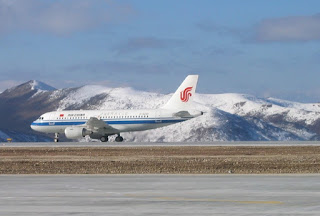by George Perkovich and Toby Dalton
May 01, 2016
Indian decision makers face a strategic conundrum: how to deter and/ or respond to future terrorism emanating from Pakistan. The dilemmas are manifold: punitive action may assuage the desire of an angry public for revenge, but too heavy a response may motivate actors in Pakistan to escalate attacks in India; while a weak riposte is unlikely to convince Pakistan's civilian and military leaders to alter their long-standing embrace of conflict against India by proxy. Both the Atal Bihari Vajpayee and the Manmohan Singh governments faced this conundrum in January 2002 and November 2008, respectively, following the attacks by Pakistan-based militants in Delhi and Mumbai. Both chose to exercise restraint rather than strike back.
The groups that conducted the Delhi and Mumbai terror attacks in those years continue to operate in Pakistan. It is reasonable to assume that the Narendra Modi government, like its predecessors, will face a major attack on Indian soil attributed to such groups. Modi's self-styled reputation as a tough man and strong leader— borne out by his decision to disproportionately retaliate to Pakistani shelling across the Line of Control in Kashmir in fall 2014 —increases the perception that, this time, the Indian government will choose a military response.
By now, Prime Minister Modi should have been briefed on the military options, if there is another major terrorist attack on India attributed to militants operating in Pakistan. The Indian Army chief will have described a ground campaign, perhaps characterized by a sharp armored and infantry thrust into Pakistani Punjab, intended to punish the Pakistan military and hold territory as leverage until Pakistan verifiably prosecutes Lashkar-e-Taiba (LeT) and like groups. The Naval chief would offer a maritime exclusion of Pakistan's major port at Karachi to pressure Pakistan's economy. And the Air chief presumably briefed limited air strikes against terrorist-linked facilities and perhaps also Pakistani military or intelligence targets believed to support terrorist operations. These are, essentially, the available punitive options involving military force.1 Which might Modi select? The odds-on favorite among defense analysts in Delhi is air power. For instance, retired Air Vice Marshal Manmohan Bahadur stated that as a matter of doctrine, air power will maintain “prima donna” status in India because of its “reach, flexibility, fire-power, and quick response capability in the complete spectrum of conflict.”2









